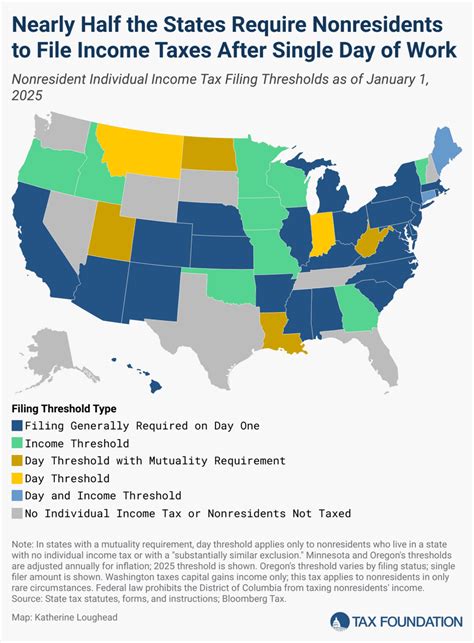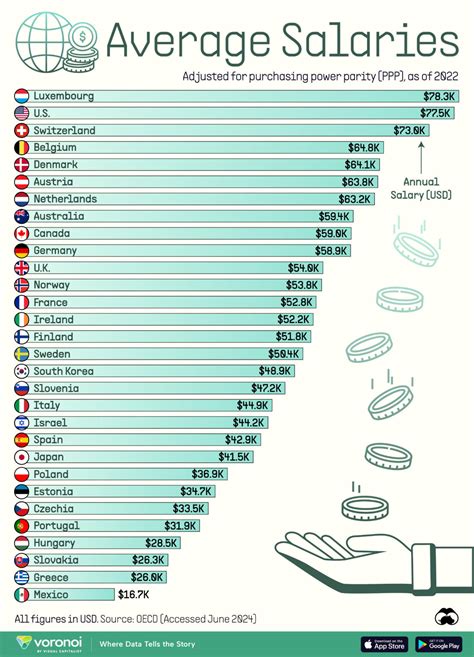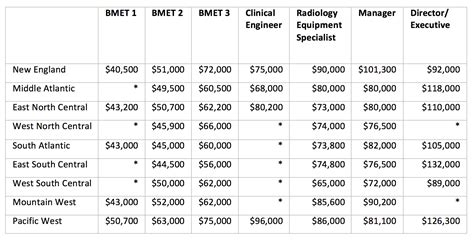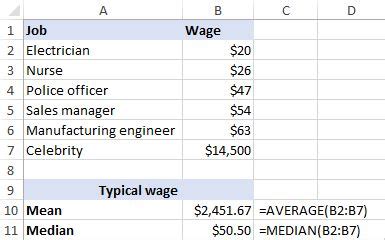When researching potential careers or preparing for a salary negotiation, you'll encounter a flood of numbers. But what do they really mean? While you might see "average salary" and "median salary" used interchangeably, they represent very different things. Understanding the concept of median salary is one of the most powerful tools you can have in your professional toolkit. It provides a far more accurate picture of typical earnings and helps you set realistic, data-driven expectations for your career path.
For example, while some high-profile jobs can skew averages, the U.S. Bureau of Labor Statistics (BLS) reported a median annual wage for all occupations of $48,060 in May 2023. This single number is your anchor point for understanding the national landscape and how specific careers stack up. This article will break down exactly what median salary means and how you can use it to your advantage.
What Does "Median Salary" Actually Mean?

At its core, the median salary is the middle number in a set of salaries. Imagine you line up every person in a specific profession—from the lowest-paid intern to the highest-paid CEO—in order of their salary. The salary of the person standing exactly in the middle of that line is the median.
This means that 50% of people in that profession earn *more* than the median salary, and 50% earn *less*.
Let’s use a simple example. Consider nine Graphic Designers with the following annual salaries:
$45,000 | $50,000 | $52,000 | $58,000 | $60,000 | $65,000 | $70,000 | $75,000 | $150,000
The median salary here is $60,000. It's the middle value, providing a realistic snapshot of what a typical designer might earn.
By contrast, the average salary (or mean) is calculated by adding all the salaries together and dividing by the number of people ($625,000 / 9 = $69,444). Notice how the single high salary of $150,000 pulls the average up, making it seem like the typical salary is almost $10,000 higher than it really is. This is why the median is often considered a more accurate and reliable measure of central tendency for salary data.
Median Salary vs. Average Salary: A Real-World Comparison

The distinction between median and average isn't just academic; it has significant real-world implications. Outliers—extremely high or low salaries—can drastically skew the average, but they have little to no effect on the median.
A prime example is national income data. The U.S. Census Bureau reported that for 2022, the median household income was $74,580. However, the average household income was $105,531. This significant gap is caused by a small number of ultra-high-income households pulling the average up. For someone trying to understand the financial reality of a typical American household, the median figure is far more representative.
When you're researching a career, you want to know what you can *realistically* expect to earn, not an amount that's inflated by the salaries of a few top-tier executives.
Key Factors That Influence Median Salaries

A national median salary is a great starting point, but it's just one piece of the puzzle. The median salary for any given job is heavily influenced by several key factors.
###
Level of Education
Your educational attainment is a primary driver of earning potential. Higher degrees often qualify you for more senior or specialized roles, which command higher median salaries.
- Example (Data Analysts): According to data from Salary.com (2024), the median salary for a Data Analyst with a Bachelor's degree is around $82,100, while the median for those with a Master's degree or MBA can climb to $86,700 or higher, as they are often qualified for more senior or managerial positions.
###
Years of Experience
Experience is perhaps the most significant factor. As you gain skills, prove your value, and take on more responsibility, your earning potential grows. Salary aggregators often break down median salaries by experience level.
- Example (Software Engineer): Based on Payscale data (2024), the career trajectory shows a clear increase in median pay:
- Entry-Level (0-1 years): Median salary around $78,000
- Mid-Career (5-9 years): Median salary around $115,000
- Experienced (10+ years): Median salary exceeding $135,000
###
Geographic Location
Where you work matters immensely. Median salaries are often adjusted for the local cost of living and the demand for talent in a specific metropolitan area. A job in a major tech hub will almost always have a higher median salary than the same job in a rural area.
- Example (Marketing Manager): A search on Glassdoor (2024) reveals a stark contrast:
- San Francisco, CA: Median total pay is approximately $160,000/year.
- Kansas City, MO: Median total pay is approximately $115,000/year.
While the San Francisco salary is higher, so is the cost of living, which is an important factor to consider.
###
Company Type and Industry
The type of company and the industry it operates in create different salary structures. A large, profitable tech firm can offer higher compensation than a non-profit or a small startup.
- Example (Project Manager):
- Large Tech Corp (e.g., Google, Microsoft): The median salary for a Project Manager can be well over $150,000, plus significant stock and bonus potential.
- Non-Profit Organization: The median salary for a similar role might be closer to $75,000.
- Construction Industry: The median salary for a Construction Project Manager is around $99,060, according to the BLS (May 2023).
###
Area of Specialization
Within a broad profession, specialized skills can lead to dramatically different median salaries. The more specialized and in-demand your skill set, the higher your earning potential.
- Example (Nursing): The BLS provides clear data on this (May 2023):
- Registered Nurse (RN): The median salary is $86,070.
- Nurse Anesthetist: This highly specialized role has a median salary of $212,650. This demonstrates how advanced training and specialization within the same general field can more than double your earning potential.
How to Use Median Salary Data in Your Job Search

Understanding median salary is not just for research—it's a tool for action. Here’s how to leverage it:
1. Benchmark Job Offers: When you receive a job offer, compare it to the median salary for that role in your specific city and for your experience level. Use sites like the BLS, Salary.com, and Glassdoor to gather this data. This tells you if the offer is fair, low, or competitive.
2. Strengthen Negotiations: Walk into a salary negotiation armed with data. Instead of saying, "I'd like more," you can say, "Based on my research, the median salary for a Senior UX Designer with 7 years of experience in the Seattle area is $145,000. I am seeking a salary that reflects that market rate and the value I bring."
3. Plan Your Career Trajectory: Use median salary data to evaluate different career paths or specializations. If you're a software developer, you might see that specializing in AI/Machine Learning or Cybersecurity leads to a significantly higher median salary, which could influence your professional development decisions.
Conclusion

In the complex world of career planning and salary discussions, the median salary is your most reliable guide. It cuts through the noise of unusually high or low outlier salaries to give you a realistic picture of your potential earnings. It is the solid middle ground that reflects the typical experience of professionals in your field.
By understanding what median salary means and how it is shaped by education, experience, location, and specialization, you empower yourself. You can make more informed career choices, negotiate with confidence, and build a strategic plan to maximize your earning potential throughout your professional life.
Sources:
- U.S. Bureau of Labor Statistics (BLS), Occupational Employment and Wage Statistics, May 2023.
- U.S. Census Bureau, Income and Poverty in the United States: 2022.
- Salary.com, 2024 Salary Data.
- Payscale.com, 2024 Salary Data.
- Glassdoor.com, 2024 Salary Data.
